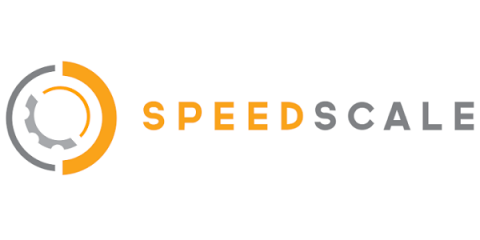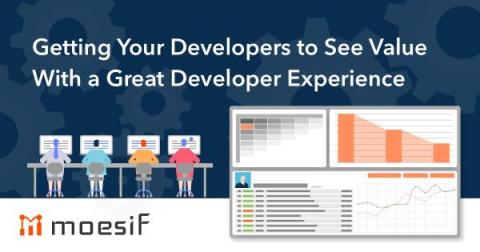Systems | Development | Analytics | API | Testing
API
7 Tips for Designing Great API Documentation
Bringing Event Hooks to Your Kong Plugins
Event Hooks is a new Kong Enterprise feature launched in the Kong Gateway 2.5 Release. This feature sends you notifications when certain events happen on your Kong Gateway deployment. Kong Gateway listens for events, like routes, services, consumers, certificates, plugins, workspaces and RBAC roles created, updated or removed. You can also create or extend Kong Plugins and add the Event Hooks functionality for custom use cases.
Kong Ingress Controller 2.0: UDP Support, Prometheus Integrations, and More!
Automating the API Lifecycle With APIOps: Part II
In the last blog post, we discussed the need for both speed and quality for your API delivery and how APIOps can help achieve both. In this part of our blog post series, we’ll walk through what the API lifecycle looks like when following APIOps. We’re still following the best practice we’ve established in the industry over the years, but what you’re going to see is that the processes we follow at each step of the API lifecycle – and between each step – have changed.
Cloud Testing at Facebook
At Speedscale, we are on the cutting edge of defining autonomous testing for the cloud era. However, we aren’t the only company trying to solve this problem and we enjoy learning from every perspective. That’s why Facebook’s recent blog article about autonomous testing caught my eye. They’ve built a sophisticated autonomous test system that introduces many of the same techniques we utilize.
Why Your Company Needs API Management
Kong Summit Opening Keynote (Part 2): The Kong Journey with Marco Palladino
Getting Your Developers to See Value With a Great Developer Experience
One of the beauties of working with APIs is their convenient and practical ways to share data and applications. APIs have enabled a transformational shift from an interface that relied on custom integrations to now a relatively streamlined process. That said, because of their agile framework, some companies have overlooked the importance of providing a great developer integration experience and are not taking the necessary steps to help drive the Time To First Hello World.









